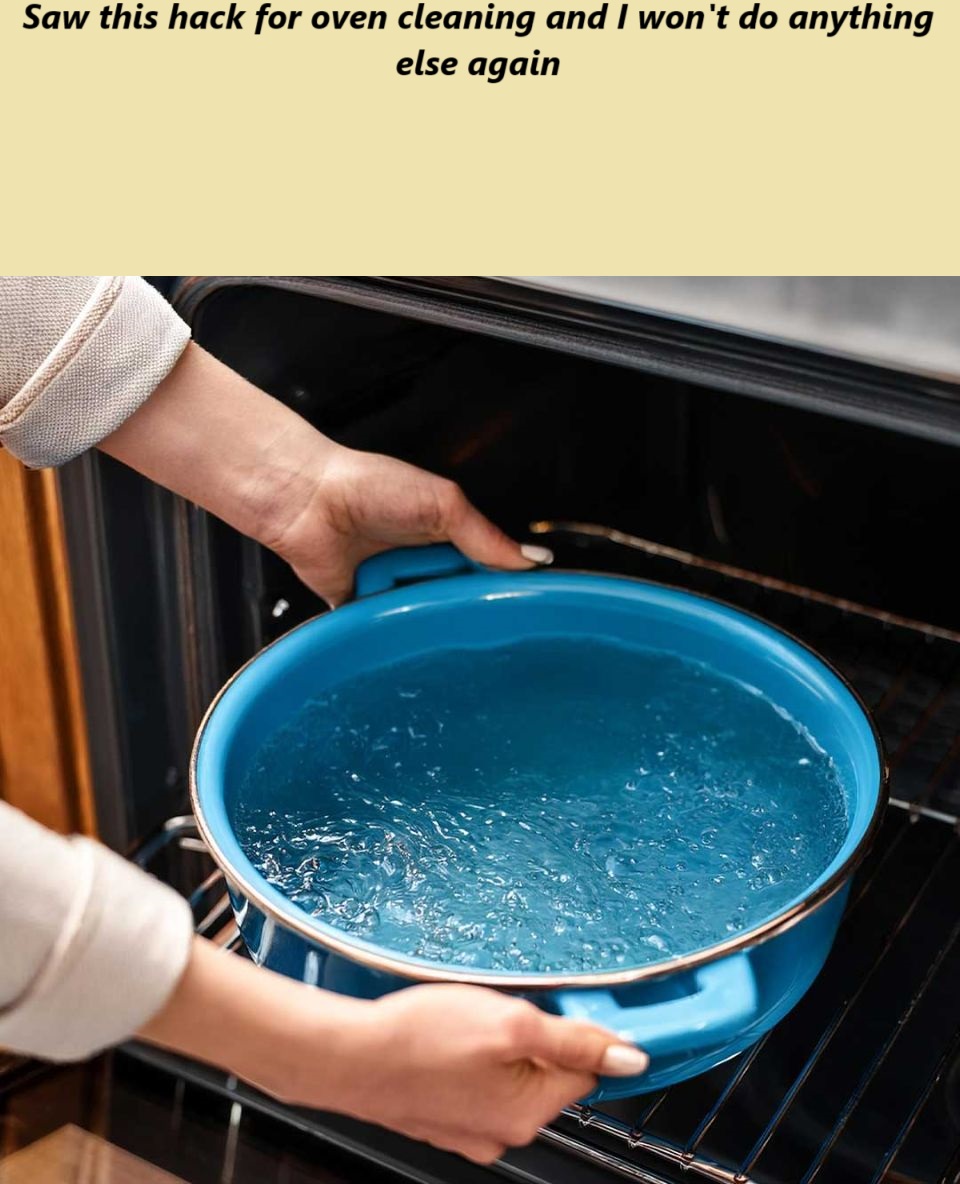With a soft cloth or sponge, start wiping down the interior of the oven. You’ll notice that the grime comes off easily without the need for vigorous scrubbing. If there are any tough spots left, you can use a spatula or scraper to gently remove them. For really stubborn areas, dip your cloth in the leftover warm vinegar water for some extra cleaning power.
Step 8: Admire Your Clean Oven
Once you’ve wiped down the interior, your oven should look as good as new. The best part? You’ve just cleaned your oven without exposing yourself to toxic chemicals, and it probably took you half the time as traditional methods!
Why Steam Cleaning Is a Game Changer
There are plenty of reasons why steam cleaning has become my go-to method for oven cleaning:
1. No Harsh Chemicals
Many traditional oven cleaners rely on powerful chemicals to break down grease and grime. These cleaners can be effective, but they often leave behind strong odors and can even pose health risks if not used properly. Steam cleaning uses only water and optional vinegar, making it an eco-friendly and chemical-free option. It’s perfect for households with kids, pets, or people sensitive to chemical cleaners.
2. Effortless Cleaning
One of the most frustrating parts of cleaning an oven is the scrubbing. Baked-on food can be nearly impossible to remove with regular cleaners, but steam loosens grime effortlessly. Once the steam has softened the debris, it takes only a few wipes to make your oven sparkle. No more sore arms from hours of scrubbing!
3. Quick and Convenient
Steam cleaning is surprisingly fast. Once the oven is preheated and the water starts to steam, it only takes about 20 to 30 minutes for the grime to soften. After that, a quick wipe-down is all that’s needed. Compared to chemical cleaners, which often require multiple rounds of application and scrubbing, steam cleaning is much quicker.
4. Protects Your Oven
Harsh chemicals can be tough on your oven’s surfaces over time. Steam, on the other hand, is gentle and won’t damage your oven’s enamel or metal components. By using steam, you can extend the life of your oven while keeping it in pristine condition.
5. Safe and Non-Toxic
For people who worry about toxic fumes from oven cleaners, steam cleaning provides a completely safe alternative. You can clean your oven without worrying about harmful chemicals lingering in the air or contaminating your food after you finish cleaning. The only thing you’re left with is the fresh scent of clean!
Pro Tips for Best Results
Clean regularly: To avoid heavy buildup, steam clean your oven every few weeks or after cooking especially messy meals.
Use vinegar for extra power: If your oven gets greasy often, adding vinegar to your steam cleaning process can significantly boost its effectiveness.
Don’t forget the racks: While steam works wonders on the oven interior, oven racks may need a bit more attention. You can remove them and clean them separately with soapy water or place them in the oven during the steam process for easier scrubbing.
Be careful with electrical components: Avoid letting steam or moisture accumulate around any of the electrical parts of the oven, like the heating elements or fans. While the steam itself won’t damage the oven, excessive water could cause issues with these components.
Why I’ll Never Go Back
After trying steam cleaning, I’ve completely ditched the harsh chemical cleaners I used to rely on. This method is effective, safe, and best of all—easy. With just a bowl of water and a bit of heat, my oven goes from grimy to gleaming in under an hour, and the cleanup is almost effortless. Plus, I love knowing that I’m using an eco-friendly method that’s safe for my home and my family.
So, if you’re looking for a new way to clean your oven that doesn’t involve hours of scrubbing or toxic fumes, give steam cleaning a try. Trust me—you won’t want to use anything else again!

